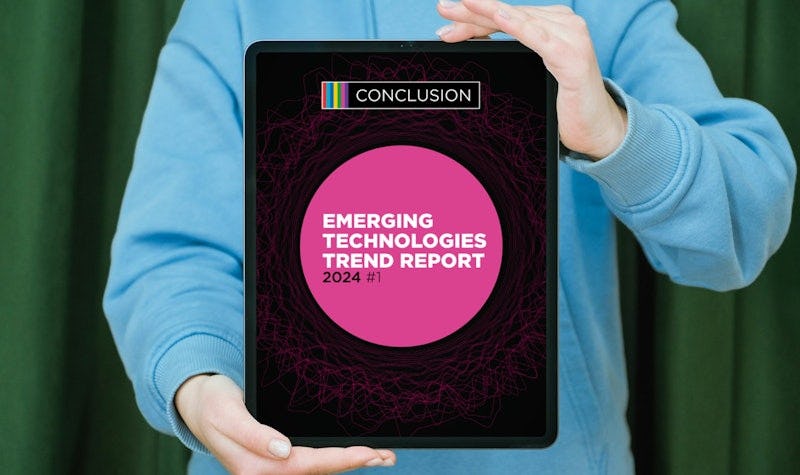AI and hyperautomation in the supply chain for robust software
AI is being used to increase efficiency in all kinds of processes. This includes software development. After all, there is a serious shortage of software developers, especially developers who feel at home in high-code languages. That is why AMIS Conclusion invests time and energy in discovering how AI can accelerate the software supply chain by making it easier for business analysts, software developers and administrators. “Because if they can leave the technical hygiene to AI and hyperautomation, they can focus on better-developed functionality and, with that, higher software quality,” says Patrick Stevens.
April 25th, 2024 | Blog | By: Conclusion
Share

The questions the AI agent asks force you to think a step deeper, and not to follow your ingrained way of thinking
If business analysts, software developers and application administrators can leave the technical hygiene to AI and hyperautomation, then they can focus on better-developed functionality and, with that, higher software quality.
Patrick Stevens
CTO AMIS Conclusion

